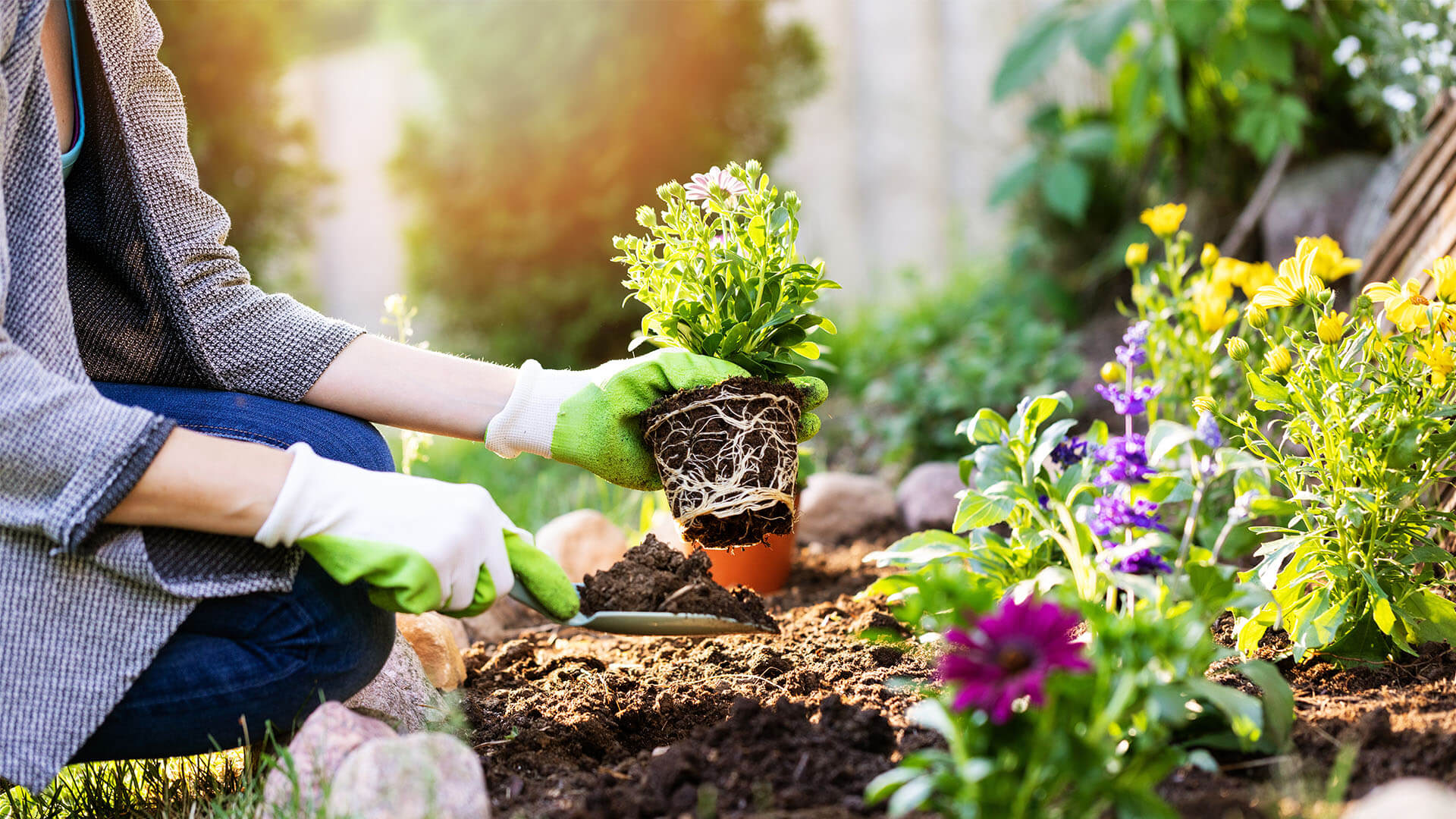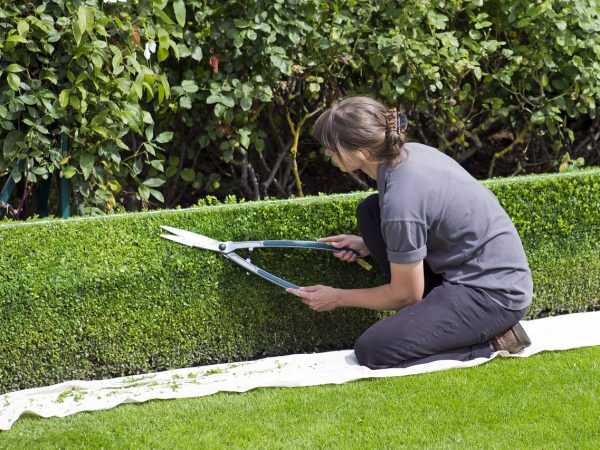Title: Pleached Trees: The Artful Harmony of Nature and Design
Introduction: In the realm of landscape design and horticulture, one captivating technique that has stood the test of time is pleaching. Pleached trees, with their meticulously trained and interwoven branches, offer a stunning combination of architectural elegance and natural beauty. This article delves into the art of pleaching, exploring its history, benefits, and popular tree species used for this unique form of tree shaping.
- The History and Artistry of Pleaching: Pleaching is an ancient technique that can be traced back to medieval European gardens, where it was employed to create living, green partitions and enclosed spaces. The practice involves training the branches of young trees along a framework or support system, allowing them to intertwine and form a living fence or a leafy tunnel. Over time, pleaching has evolved into an art form, with skilled gardeners using their expertise to craft intricate patterns and designs using carefully selected tree species.
- Benefits of Pleached Trees: 2.1. Privacy and Screening: Pleached trees are an excellent solution for creating privacy screens in gardens or open spaces. By carefully pleaching the branches, a solid wall of foliage is formed, blocking unwanted views and creating a tranquil retreat.
2.2. Space Optimization: One of the greatest advantages of pleached trees is their ability to maximize space utilization. They can be used to define boundaries, line pathways, or create outdoor rooms within a garden, making efficient use of available areas.
2.3. Seasonal Interest: Pleached trees offer year-round visual appeal. During spring and summer, they display vibrant foliage that adds color and texture to the landscape. In autumn, these trees showcase a stunning array of hues, while in winter, their bare branches create an enchanting, sculptural effect.
- Popular Tree Species for Pleaching: 3.1. Hornbeam (Carpinus betulus): Known for its dense, lush foliage and its ability to withstand pleaching, hornbeam is a favored choice for creating formal, tightly clipped hedges. Its leaves turn golden-yellow in autumn, adding to its visual allure.
3.2. Lime (Tilia): Lime trees are valued for their heart-shaped leaves and their tolerance for pleaching. They form elegant, layered canopies that provide shade and privacy. Additionally, their fragrant flowers attract pollinators during the summer months.
3.3. Plane (Platanus): With its large, distinctive leaves and picturesque bark, the plane tree is an eye-catching option for pleaching. It forms an impressive and majestic presence when pleached, making it suitable for larger spaces or grand avenues.
- Pleaching Techniques and Maintenance: Pleaching requires patience and skill to achieve the desired effect. Young trees are carefully pruned and trained along a framework of supports, such as trellises or wires. Regular pruning and maintenance are essential to preserve the shape and structure of the pleached trees. This includes trimming excess growth and guiding the branches to maintain the desired form.
Conclusion: Pleached trees are a testament to the harmonious blend of nature and design. They offer functional benefits, such as privacy and space optimization, while adding an exquisite touch of artistry to any landscape. With the right choice of tree species and diligent maintenance, pleached trees can become living sculptures, enchanting us with their ever-changing beauty throughout the seasons.
This article is provided by https://www.provendernurseries.co.uk/plants/trees1/pleached-trees1



